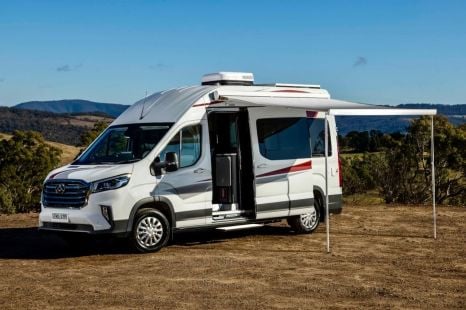

Ben Zachariah
2026 LDV Deliver 9 campervan released with sharp pricing
3 Hours Ago
If you've been pulled over for speeding in New South Wales, here are some tips on what to do next if you want to contest the fine.

Contributor


Contributor
Let’s assume that on a lovely sunny day you are driving or riding in New South Wales when you are pulled over by a police officer. The officer advises you that you were speeding, which may (or may not) come as a surprise to you.
The first thing to bear in mind is that if it is a Highway Patrol vehicle, the conversation is being recorded – both audio and video. Even if it’s not a Highway Patrol vehicle, the officer will make notes as to what responses you may have made in addition to potential bodycam footage.
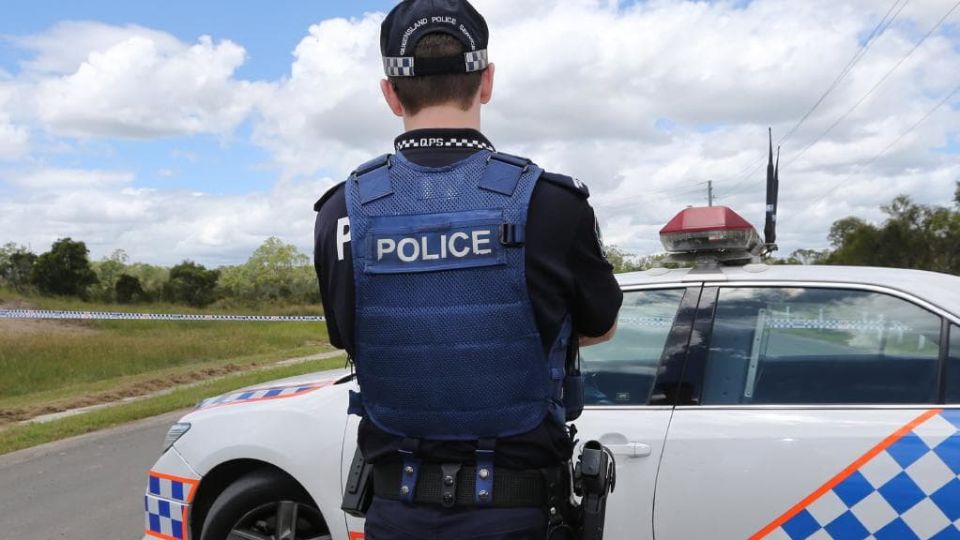
Often people are nervous and say things. It is sometimes safer not to make any admissions, especially if you do not have all the facts – and preferably not even then, because doing so may seriously compromise your potential defence.
For example, where exactly do they say they observed you speeding and how did they assess your speed? It can be the case that where you were alleged to be speeding is not where you have been pulled over by police, and you may not have been speeding at the point they say you were.
You generally don’t know all the facts on the side of the road, so why step on a potential landmine?
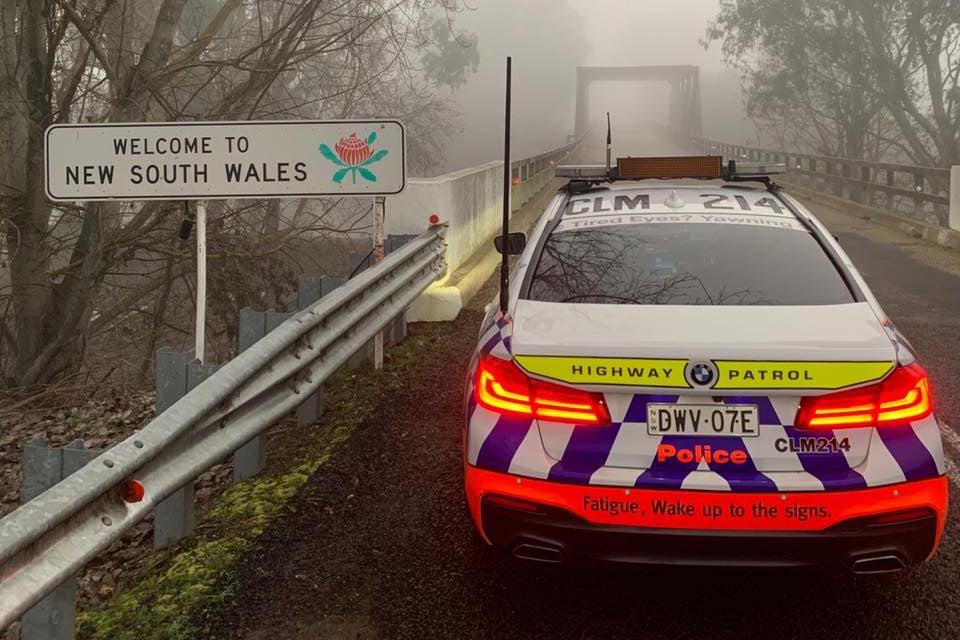
Generally, there are four methods by which police officers assess speed (for the moment excluding fixed and mobile speed cameras), listed here in descending order of accuracy:
Often the police will use one of the first three methods combined with their estimate.
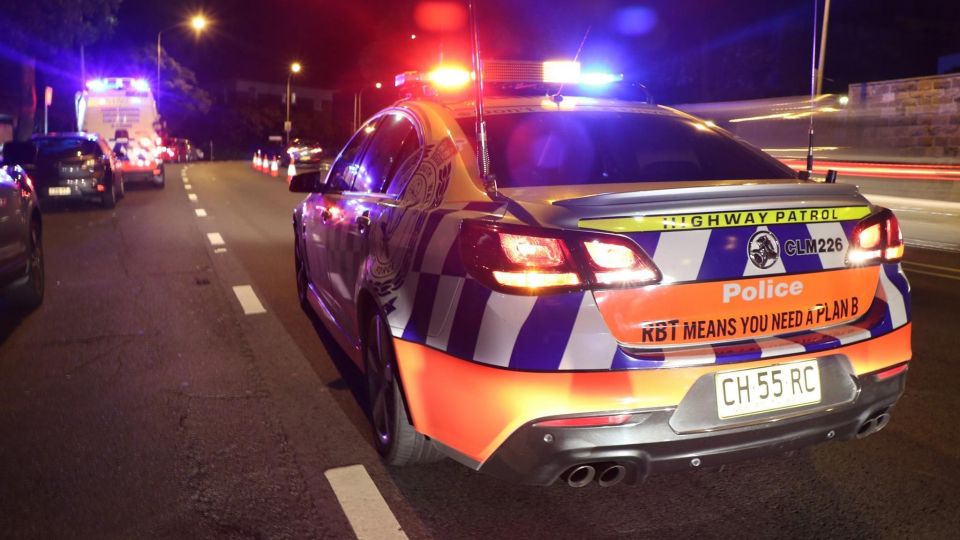
If one has the presence of mind, one should ask the officer where specifically you are alleged to have been speeding and how they assessed your speed.
It is beneficial for you to take photographs with your phone of where the incident is meant to have taken place and, if you have the capacity on your satellite navigation or phone, the exact longitude and latitude.
It is often difficult, especially on country roads, to pinpoint the location weeks later when you see a lawyer and decide you want to challenge the allegation.
If the police officer was stationary when they alleged that they observed you speeding, try and observe from that vantage point what the officer’s visibility of your approaching vehicle would have been and the maximum sighting distance they would have had when they first observed your vehicle.
Again, take photographs from that vantage point. Take notice of anything that may have obstructed the officer’s vision in tracking your vehicle.

Also try to assess from when the officer first observed you the following:
Often, we roughly work out when the test is finished from when they step out onto the road or when they turn their lights on if facing you, or if you get shown the speed and distance on the LiDAR.
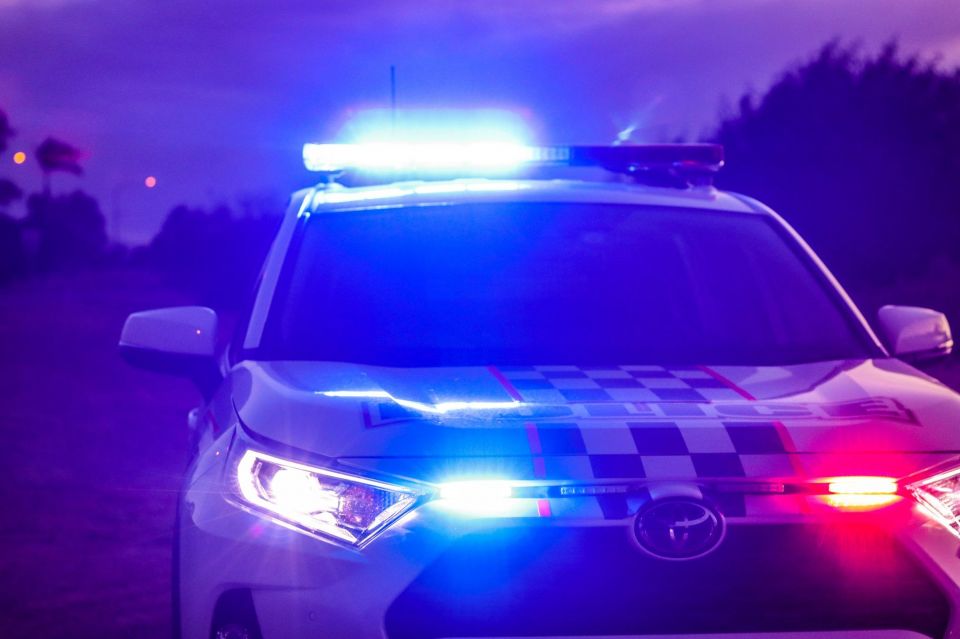
If they are mobile, we use either when they turn their lights on as they are approaching, or at the worst the crossover point; the point at which they go past you and they should no longer be getting a return from your vehicle.
In my next post I will cover the check speed, estimate and the examination of the in-car video in more detail in relation to speeding charges.
The article as written is for your information and interest only, and is based on New South Wales law only. It is not intended to be comprehensive, and does not constitute and must not be relied on as legal advice.
Please be aware that every case is different and the matters I am raising may not be of specific relevance to your situation, but may have a general application and you must seek specific advice tailored to your circumstances. I will also gladly talk to anyone on the phone if confused or want clarification.
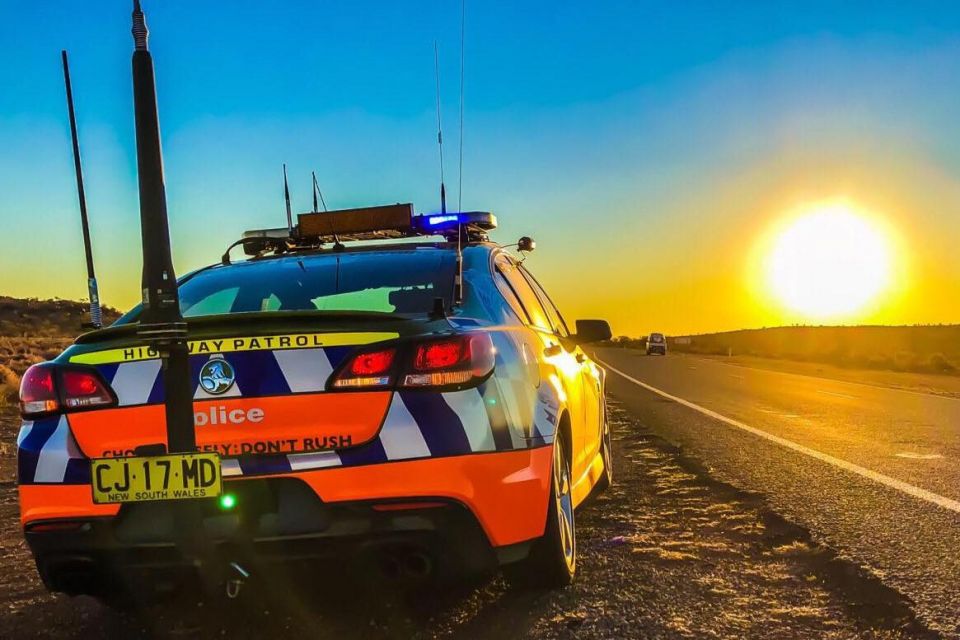
Chris has been a criminal and traffic lawyer for over 37 years and in that period has defended numerous drivers and riders who have found themselves in trouble. An avid car and bike enthusiast, Chris has had his own practice since 1996.


Ben Zachariah
3 Hours Ago


William Stopford
4 Hours Ago


Derek Fung
5 Hours Ago


Alborz Fallah
5 Hours Ago
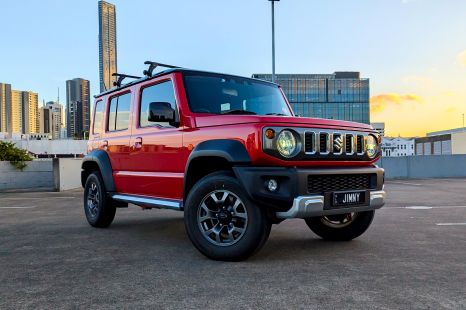

William Stopford
12 Hours Ago


William Stopford
20 Hours Ago